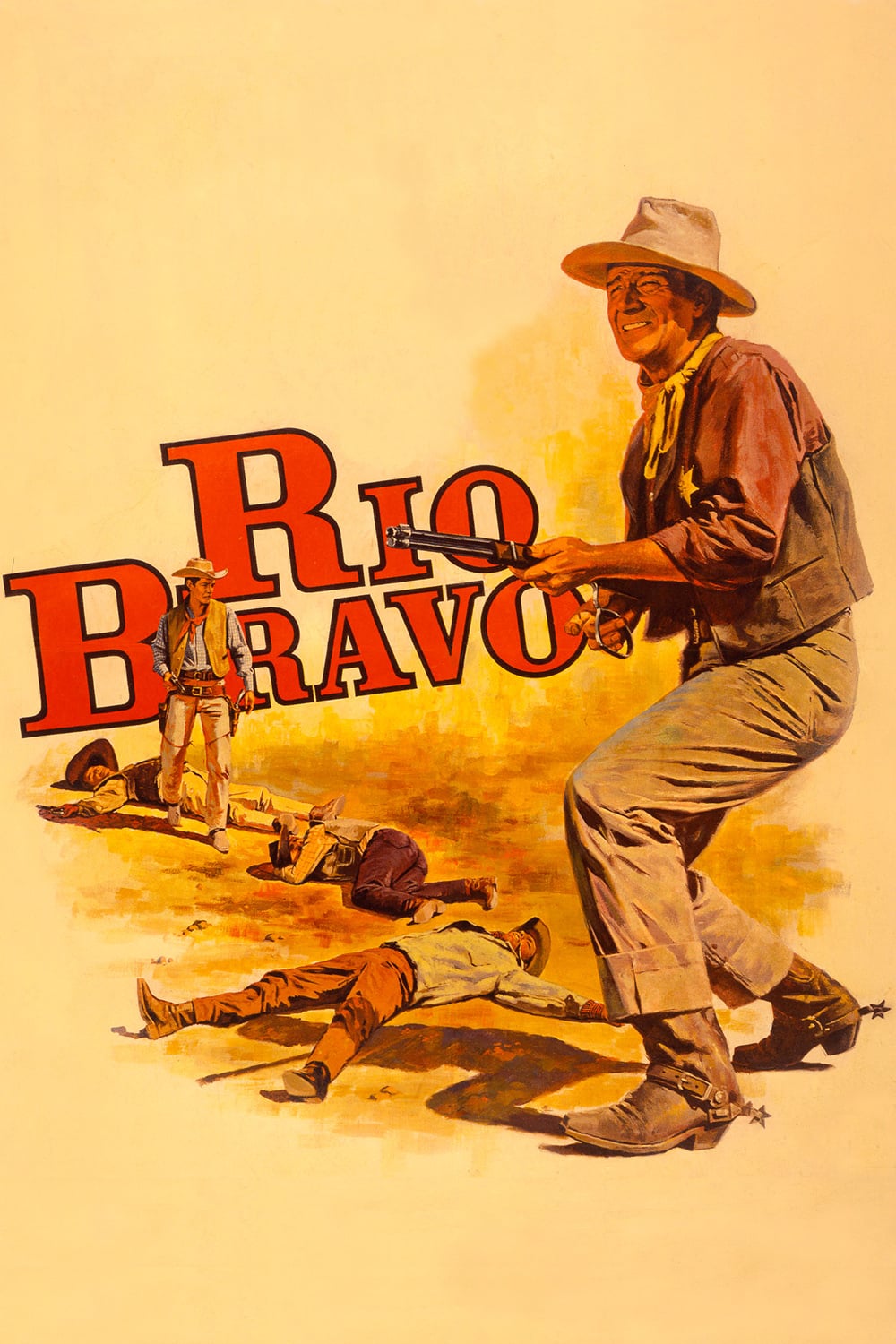Western #1: High Noon
High Noon (1952) tells the tale of a retiring marshall about to leave with his new bride to live the simple life, when a man he put away years ago returns to exact vengeance. He desperately seeks help from the town he has protected for years, only to find himself facing the gang alone. While it doesn’t hold all the traditional elements of a standard western, it does explore the various shades of morality and gender/racial/sexual politics within the backdrop of the Old West. Although a bit atypical, it is the first train stop on our Western Marathon journey.
A main thread running throughout the film is each individual’s commitment to morality, defining right and wrong and then making decisions on how to act. Each main character and even the town as a whole are presented with the same situation, but the film’s screenplay doesn’t draw simple lines; rather, it highlights the choices each make in reaction to their place in the fabric of the story.
The decision of the marshall (Gary Cooper) to stand and confront the agents of villainy displays not only his commitment to the law, but also to his new family’s future. He wisely points out to his new wife (Grace Kelly) that there is nowhere to run the gang couldn’t find them. His wife chooses to stand by her Quaker morals for the majority of the film, seemingly abandoning her husband in favor of her stout belief in nonviolence. While her morals are commendable, they show a childishness when faced with a bitter reality. Her choice is called out by the marshall’s former lover, Helen Ramirez (Katy Jurado), who is surprised the wife won’t stay by her man.
The youthful, innocent pureness of Kelly is contrasted by an older, independent force of Jurado, a Mexican actress who commands notice by the audience and the camera. Their initial meeting is one of the strongest scenes of the screenplay, and is imbued with the conflict of opposing approaches to the situation the women find themselves in. The film could have left the portrayal of women to Kelly’s passive abandonment, but shows a woman of color in a position of power who would fight if their roles were reversed. Perhaps their brief encounter stirs something in the new wife’s soul, or in the end she couldn’t leave her man to face the odds alone once the sound of gunshots made reality more imminent, but she flees the train at the last moment to provide the his only support, surprising even herself when she reluctantly guns down one of his would-be killers.
Beyond providing a contrast to Kelly’s white dove, Jurado’s character is an exploration of sexual and racial politics amongst the Wild West backdrop. She clearly had a relationship with the marshall in the past and her current lover is his white deputy; the interracial nature is never mentioned, leaving the impression that this could have been a normal part of western life. Additionally, Jurado is not one to be ordered around by the male patriarchy. At the first sign of the deputy making demands on their relationship and giving her orders that contradict her own desires, she drops him immediately and chooses to proceed her own way. Before leaving town, she meets with a white store owner that she had discreetly done business with; he is extremely grateful to her generosity and investment, but still chooses to leave the hotel quietly, lest his connection to her be discovered. While the film shows a progressive view of gender, racial and sexual representations, it still frankly deals with the social reality of the Old West.
The visual language and the story collide in the concept of real time in cinema. Early on, the story establishes the Miller gang will arrive on the noon train; once the deadline is established, the action unfolds in a constant progression towards that event in real time. The director Fred Zinnemann layers the film with various shots of clocks in the background, closeups of pendulums swinging, and the soundtrack is imbued with ticking sounds to consistently remind the viewer of the danger that the marshall will soon face, making his quest to find help all the more desperate.
Although produced during the heyday of the Western genre, it lacks many of the expected characteristics. Most noticeably missing is the vastness of the Western landscape; instead the film is narrowly focused on one frontier town. The storyline lacks the presence of Native Americans and also dramatic chases featuring horses and gunshots. The film’s only notable action is the fight at the story’s climax. The most recognizable Western element is the starkly drawn lines between good and evil, as the Miller gang is seeking revenge on the admirable marshal, but the screenplay quickly muddies the thesis when the town refuses to back the marshall. The story does embrace the central theme of a man fighting against forces larger than himself, as the marshall must depend on his individual wits to fight against the combined forces of the gang. High Noononly engages in a few specific Western genre tropes, in order to tell a more focused, specific story within one setting and in a set time progression.
An odd choice for the beginning of an exploration of the Western genre, as it casts most of the standard Western elements aside in favor of moral ambiguity, strong character explorations and alternative representations of men and women in the Old West. These exact characteristics, however, along with the fine acting of Gary Cooper and Katy Jurado, are why I immensely enjoyed the film. Although the only film screened thus far, and by default at the top, I suspect it may just stay atop the list during the marathon for its unique take on the Western.







